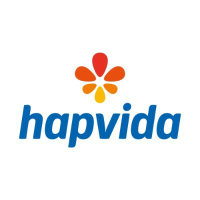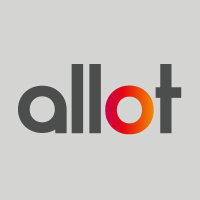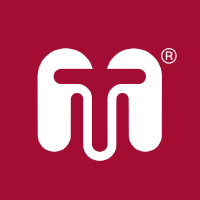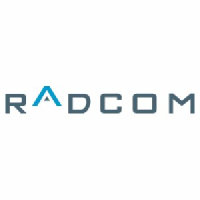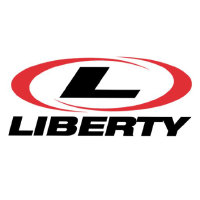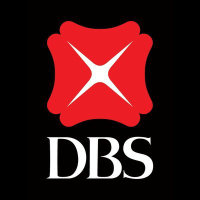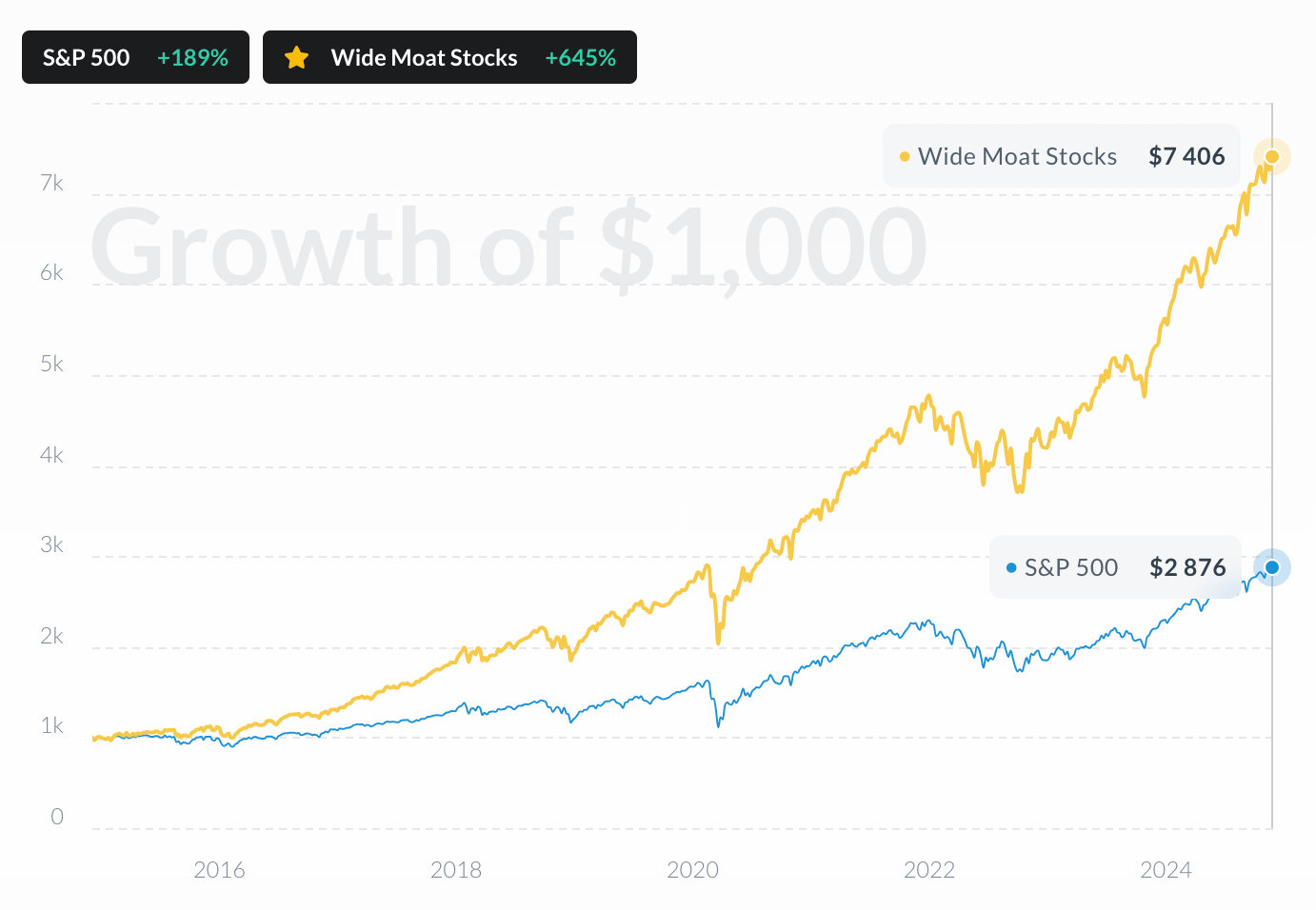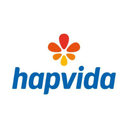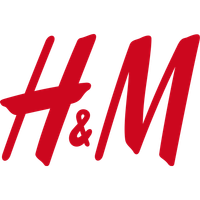
H & M Hennes & Mauritz AB
STO:HM B


| US |

|
Johnson & Johnson
NYSE:JNJ
|
Pharmaceuticals
|
| US |

|
Berkshire Hathaway Inc
NYSE:BRK.A
|
Financial Services
|
| US |

|
Bank of America Corp
NYSE:BAC
|
Banking
|
| US |

|
Mastercard Inc
NYSE:MA
|
Technology
|
| US |

|
UnitedHealth Group Inc
NYSE:UNH
|
Health Care
|
| US |

|
Exxon Mobil Corp
NYSE:XOM
|
Energy
|
| US |

|
Pfizer Inc
NYSE:PFE
|
Pharmaceuticals
|
| US |

|
Palantir Technologies Inc
NYSE:PLTR
|
Technology
|
| US |

|
Nike Inc
NYSE:NKE
|
Textiles, Apparel & Luxury Goods
|
| US |

|
Visa Inc
NYSE:V
|
Technology
|
| CN |

|
Alibaba Group Holding Ltd
NYSE:BABA
|
Retail
|
| US |

|
JPMorgan Chase & Co
NYSE:JPM
|
Banking
|
| US |

|
Coca-Cola Co
NYSE:KO
|
Beverages
|
| US |

|
Walmart Inc
NYSE:WMT
|
Retail
|
| US |

|
Verizon Communications Inc
NYSE:VZ
|
Telecommunication
|
| US |

|
Chevron Corp
NYSE:CVX
|
Energy
|
Utilize notes to systematically review your investment decisions. By reflecting on past outcomes, you can discern effective strategies and identify those that underperformed. This continuous feedback loop enables you to adapt and refine your approach, optimizing for future success.
Each note serves as a learning point, offering insights into your decision-making processes. Over time, you'll accumulate a personalized database of knowledge, enhancing your ability to make informed decisions quickly and effectively.
With a comprehensive record of your investment history at your fingertips, you can compare current opportunities against past experiences. This not only bolsters your confidence but also ensures that each decision is grounded in a well-documented rationale.
Do you really want to delete this note?
This action cannot be undone.

| 52 Week Range |
122.9
183.9
|
| Price Target |
|
We'll email you a reminder when the closing price reaches SEK.
Choose the stock you wish to monitor with a price alert.

|
Johnson & Johnson
NYSE:JNJ
|
US |

|
Berkshire Hathaway Inc
NYSE:BRK.A
|
US |

|
Bank of America Corp
NYSE:BAC
|
US |

|
Mastercard Inc
NYSE:MA
|
US |

|
UnitedHealth Group Inc
NYSE:UNH
|
US |

|
Exxon Mobil Corp
NYSE:XOM
|
US |

|
Pfizer Inc
NYSE:PFE
|
US |

|
Palantir Technologies Inc
NYSE:PLTR
|
US |

|
Nike Inc
NYSE:NKE
|
US |

|
Visa Inc
NYSE:V
|
US |

|
Alibaba Group Holding Ltd
NYSE:BABA
|
CN |

|
JPMorgan Chase & Co
NYSE:JPM
|
US |

|
Coca-Cola Co
NYSE:KO
|
US |

|
Walmart Inc
NYSE:WMT
|
US |

|
Verizon Communications Inc
NYSE:VZ
|
US |

|
Chevron Corp
NYSE:CVX
|
US |
This alert will be permanently deleted.
Operating Margin
H & M Hennes & Mauritz AB
Operating Margin represents how efficiently a company is able to generate profit through its core operations.
Higher ratios are generally better, illustrating the company is efficient in its operations and is good at turning sales into profits.
Operating Margin Across Competitors
| Country | Company | Market Cap |
Operating Margin |
||
|---|---|---|---|---|---|
| SE |

|
H & M Hennes & Mauritz AB
STO:HM B
|
282.6B SEK |
7%
|
|
| ES |
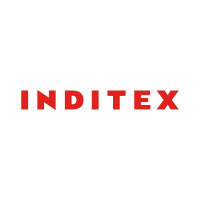
|
Industria de Diseno Textil SA
MAD:ITX
|
171.6B EUR |
19%
|
|
| US |
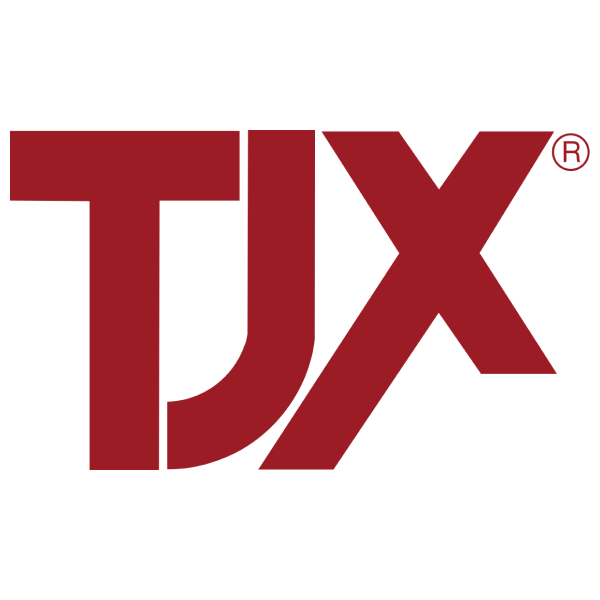
|
TJX Companies Inc
NYSE:TJX
|
170.6B USD |
11%
|
|
| JP |
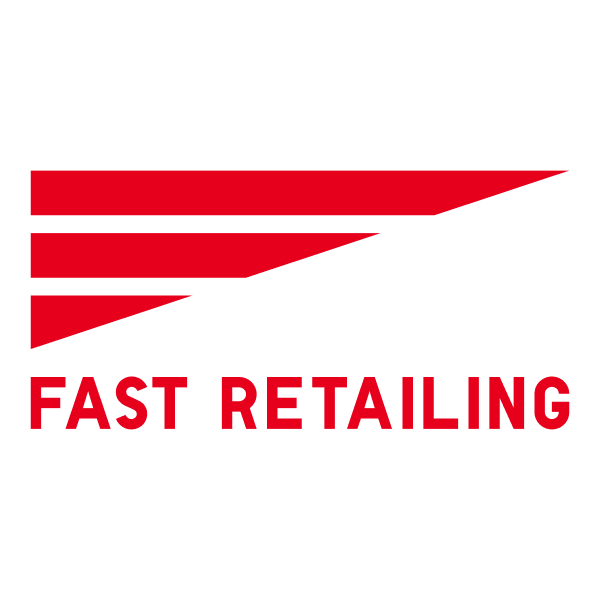
|
Fast Retailing Co Ltd
TSE:9983
|
17.4T JPY |
17%
|
|
| ZA |
P
|
Pepkor Holdings Ltd
JSE:PPH
|
100.9B Zac |
12%
|
|
| US |

|
Ross Stores Inc
NASDAQ:ROST
|
57.8B USD |
12%
|
|
| ZA |
M
|
Mr Price Group Ltd
JSE:MRP
|
56.1B Zac |
14%
|
|
| ZA |
F
|
Foschini Group Ltd
JSE:TFG
|
27.1B Zac |
7%
|
|
| ZA |
T
|
Truworths International Ltd
JSE:TRU
|
20.3B Zac |
14%
|
|
| IN |
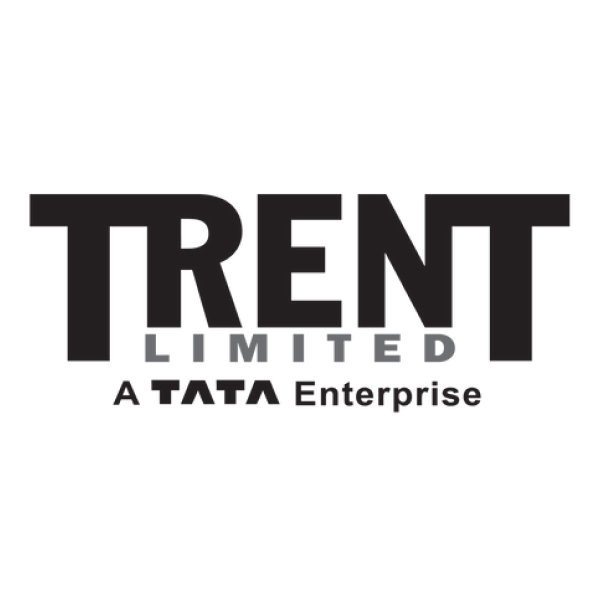
|
Trent Ltd
NSE:TRENT
|
1.5T INR |
11%
|
|
| US |

|
Burlington Stores Inc
NYSE:BURL
|
17B USD |
7%
|
H & M Hennes & Mauritz AB
Glance View
Once upon a time in 1947, in the idyllic town of Västerås, Sweden, H & M Hennes & Mauritz AB began its journey as a women’s clothing store, primarily known as "Hennes." The founder, Erling Persson, envisioned a retail experience that was not only affordable but stylishly attuned to the whims of fashion-forward consumers. Over the decades, this modest idea burgeoned into a sprawling global enterprise. What began as a singular focus on women's wear evolved into a diverse array of clothing under numerous brand names, catering to men, children, and even introducing home decor. H&M operates on a fast-fashion model; this method pivots on rapidly adapting runway styles into market-ready garments swiftly, thereby maintaining a high volume of collections per year. The essence of H&M's success lies in its highly efficient logistics and supply chain management. This allows the company to sustain affordability while consistently stocking up-to-date fashion trends. The mechanisms driving H&M's profitability are deeply woven into its operational framework. At the core, the company harnesses economies of scale, leveraging its vast network of over 4,500 stores worldwide to negotiate favorable terms with suppliers, securing materials at competitive prices. In retail management, H&M deftly combines its physical and online presence, ensuring seamless accessibility for consumers. By utilizing data analytics, the company adeptly discerns consumer preferences, enabling it to tailor product offerings with precision. The company’s innovative marketing strategies—often tapping into collaborations with designers and influencers—amplify brand visibility and consumer engagement. Furthermore, its ongoing ventures into sustainability and eco-friendly initiatives reflect a commitment to future-oriented, conscientious business practices, aiming to appeal to increasingly environment-conscious consumers. This comprehensive approach is at the heart of how H&M continues to flourish in the competitive arena of global retail fashion.
See Also
Operating Margin represents how efficiently a company is able to generate profit through its core operations.
Higher ratios are generally better, illustrating the company is efficient in its operations and is good at turning sales into profits.
Based on H & M Hennes & Mauritz AB's most recent financial statements, the company has Operating Margin of 7.5%.


